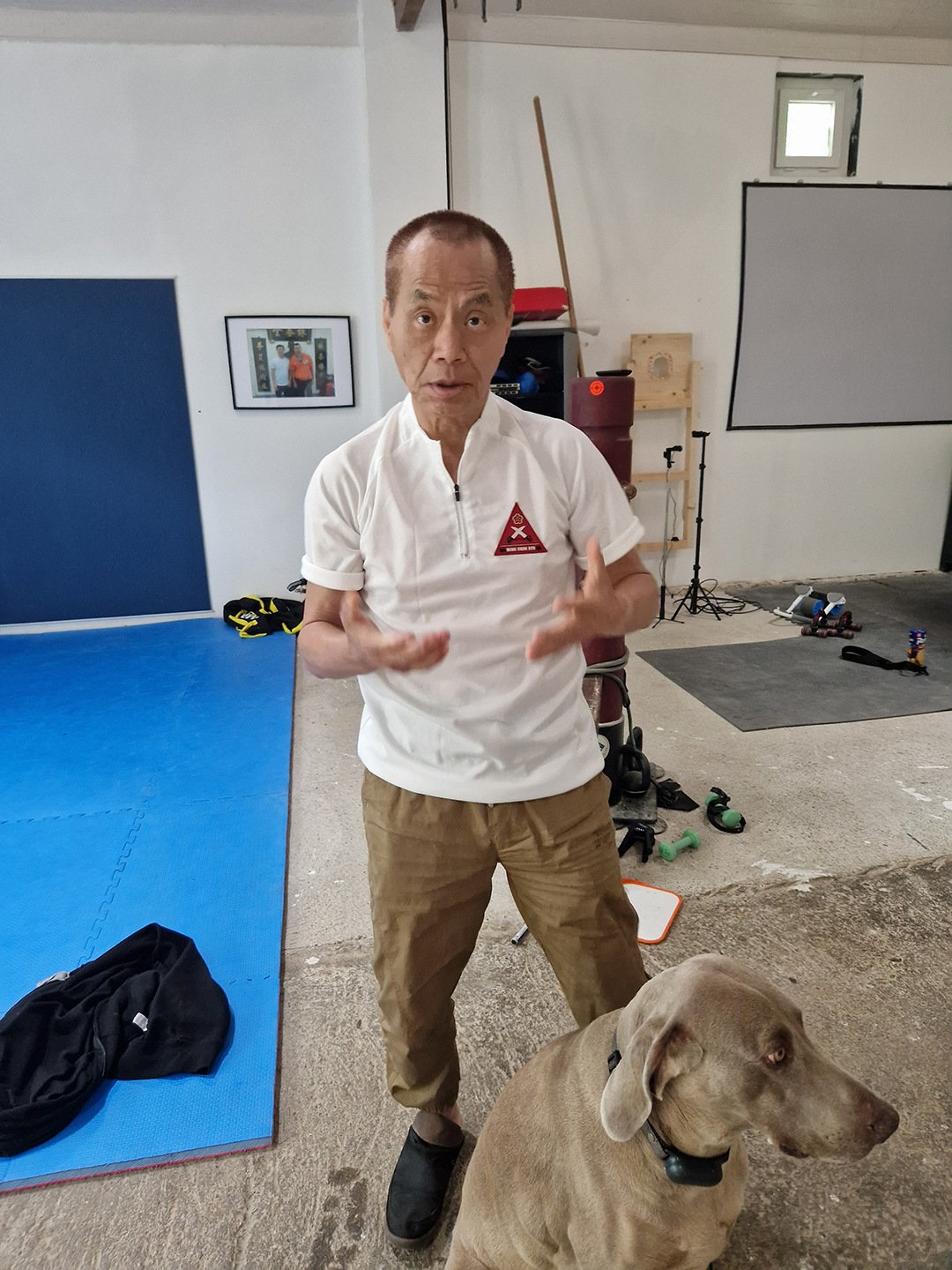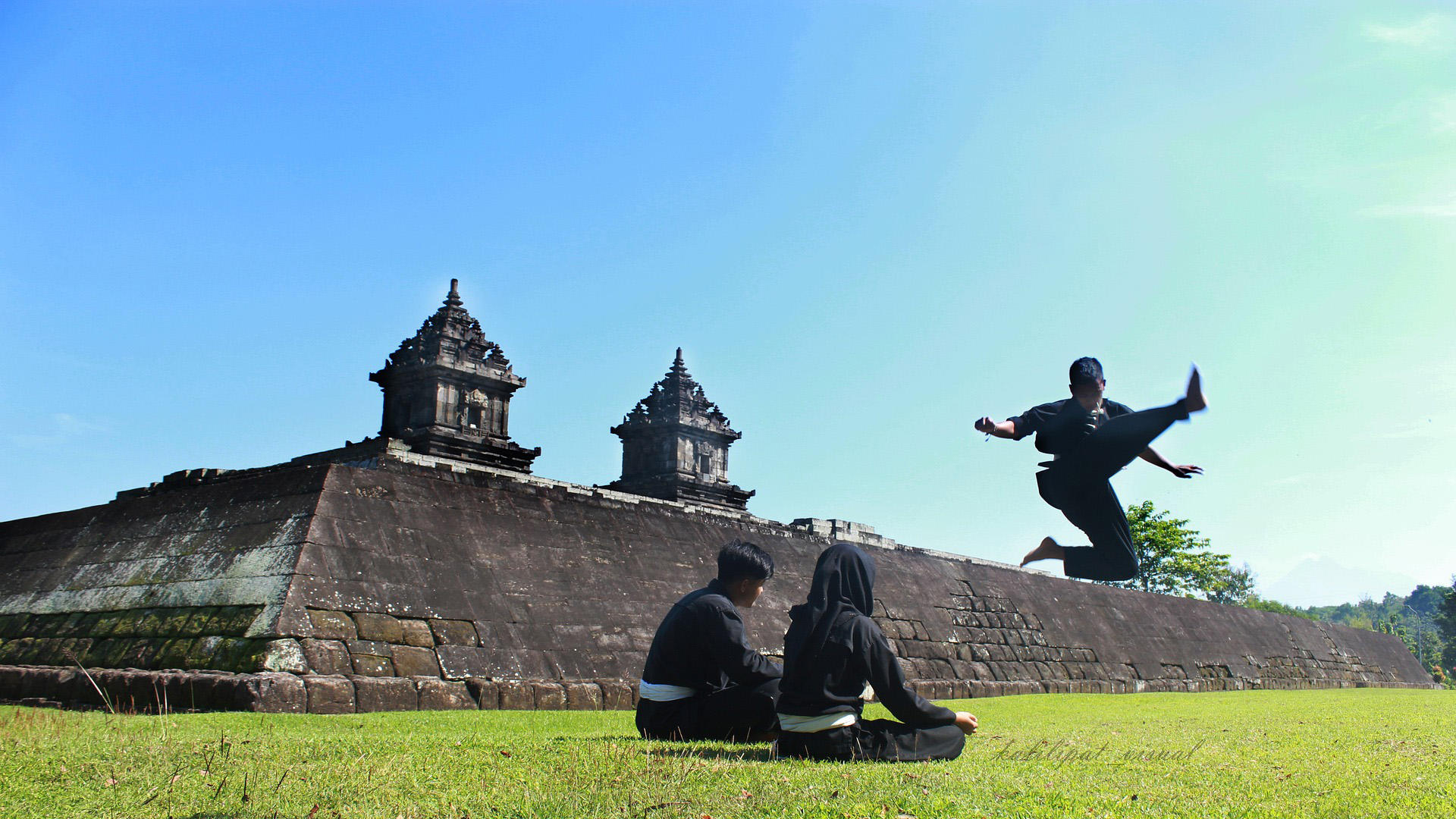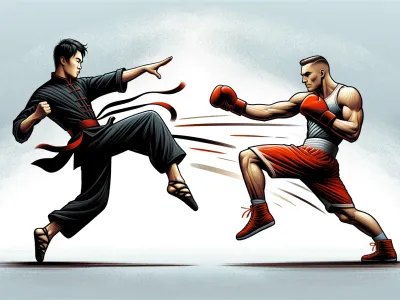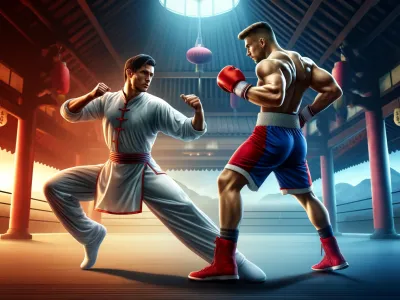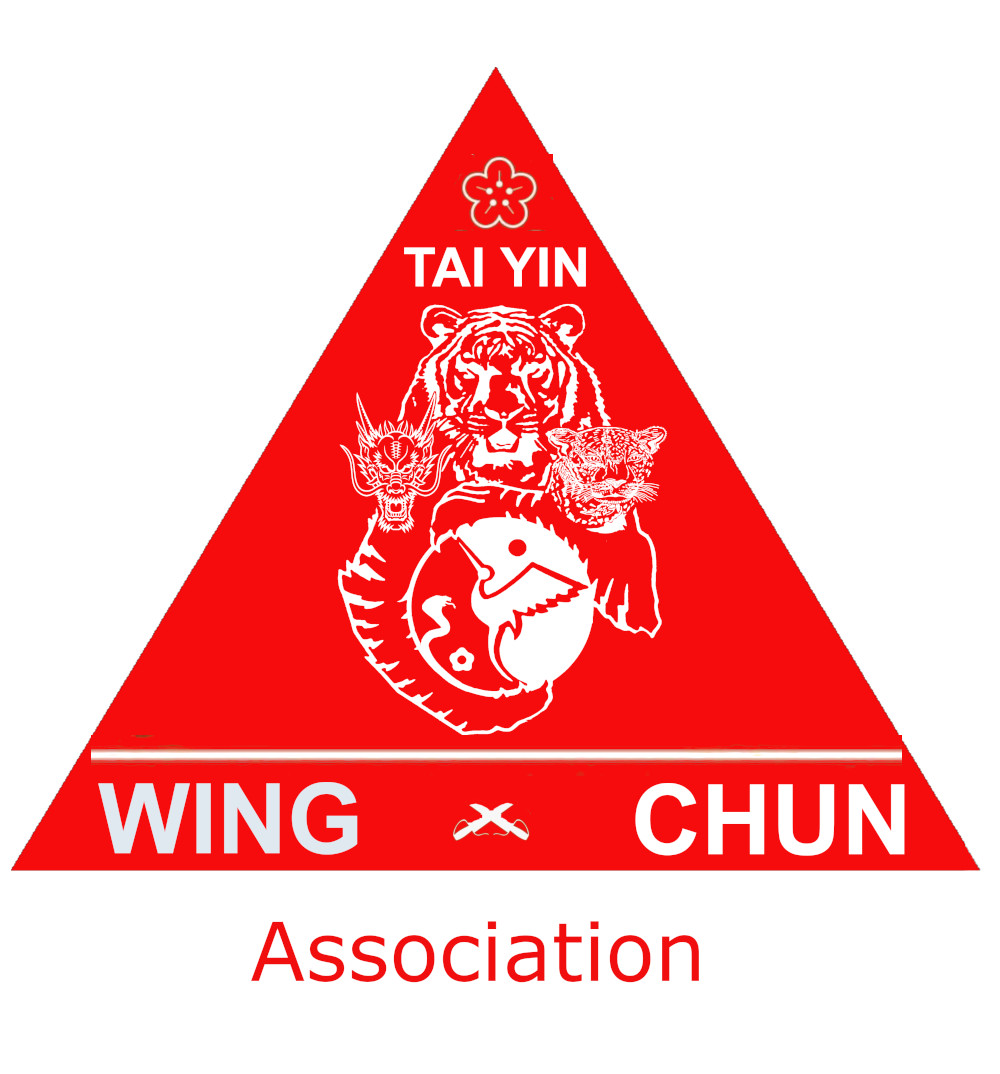Introduction to Wing Chun vs Boxing Combat
 In the vast world of martial arts, each style has its own techniques, philosophies, and applications. Among these numerous styles, Wing Chun and boxing stand out for their effectiveness and popularity. This article explores in depth the characteristics, differences, and similarities between Wing Chun and boxing. The topic "Wing Chun vs boxing" fascinates not only martial arts practitioners but also those interested in physical culture and self-defense.
In the vast world of martial arts, each style has its own techniques, philosophies, and applications. Among these numerous styles, Wing Chun and boxing stand out for their effectiveness and popularity. This article explores in depth the characteristics, differences, and similarities between Wing Chun and boxing. The topic "Wing Chun vs boxing" fascinates not only martial arts practitioners but also those interested in physical culture and self-defense.
What is Wing Chun?
Origins and Philosophy of Wing Chun
Wing Chun is a Chinese kung fu style developed about 300 years ago. It is often associated with legends like that of the nun Ng Mui, who is said to have created Wing Chun as a way for the weak to defend themselves against stronger attackers. This style is based on fast movements, precise strikes, and great efficiency in close combat.
Basic Techniques and Principles
Wing Chun techniques are designed to be effective in close combat, using fast punches, blocks, and counterattacks. One of the fundamental principles of Wing Chun is "Chi Sao" or "sticky hands," a form of training that allows practitioners to develop sensitivity to their opponent's movements, enabling quick and precise reactions.
Boxing as a Martial Art
History and Evolution of Boxing
Boxing, often called pugilism, is a combat sport in which two participants of the same weight face each other with punches, wearing gloves, in a ring. It has its roots in antiquity, notably in Greece, where it was one of the main sports of the ancient Olympic Games.
Fundamentals and Technique
Modern boxing focuses on power, endurance, technique, and strategy. Boxers learn to master several types of punches – jab, hook, uppercut – and move effectively to attack and defend.
Comparison Between Wing Chun and Boxing
Commonalities and Differences
Similarities
"Wing Chun vs boxing" highlights some notable similarities. Both styles value efficiency, speed, and adaptability. Each also emphasizes the importance of training, personal discipline, and reflex development.
Differences
The differences between Wing Chun and boxing are also significant. Wing Chun focuses on close-range combat and uses vertical strikes and quick blocks, while boxing uses a wider range of movements and emphasizes the power and reach of punches.
Effectiveness in Self-Defense and Combat
The "Wing Chun vs boxing" debate often extends to real-life effectiveness. Wing Chun is known for its ability to quickly neutralize an opponent with precise strikes and control techniques. On the other hand, boxing is recognized for its ability to inflict significant damage quickly, thanks to the power of its punches.
Cultural Impact and Popularity
Wing Chun in Popular Culture
Wing Chun gained worldwide fame largely thanks to Bruce Lee, who was a practitioner and innovator in this style. His influence helped popularize Wing Chun in movies and media.
Boxing on the Global Stage
 Boxing has a long history in professional sports and has been depicted in many iconic films, demonstrating its deep cultural impact. Figures like Muhammad Ali not only made boxing history but also sports history in general.
Boxing has a long history in professional sports and has been depicted in many iconic films, demonstrating its deep cultural impact. Figures like Muhammad Ali not only made boxing history but also sports history in general.
Economy of Movement and Efficiency
Wing Chun is famous for its efficiency and economy of movement. Practitioners use techniques that allow them to conserve energy while remaining highly effective. For example, punches are often thrown in a way that keeps the arm close to the center of the body, minimizing exposure and maximizing the speed of counterattacks.
The Importance of Posture and Structure
Body structure is a crucial aspect of Wing Chun. Practitioners must maintain a solid posture that allows them to withstand attacks while being ready to strike. The alignment of the body should promote stability and strength, which is essential for effectively blocking attacks and quickly countering.
Specific Boxing Techniques
The Science Behind the Jab and Cross
In boxing, the jab is often used as a way to test the opponent's defense while creating openings for more powerful punches like the cross. The cross, often thrown with the rear hand, is a powerful punch aimed at breaking through the opponent's guard to deal maximum damage.
Movement and Dodging
Mobility is a fundamental aspect of boxing. Boxers must master the art of moving quickly and effectively around their opponents. Dodging, a key technique, allows boxers to move out of the path of an attack, reducing damage and positioning themselves for an effective counterattack.
Training and Physical Conditioning in Wing Chun and Boxing
Wing Chun Training Regimen
Wing Chun training involves intensive work on forms, which are sets of movements practiced alone or with a partner. These forms help develop the muscle memory needed to execute techniques instinctively. Additionally, Wing Chun uses body conditioning exercises that improve posture and physical resilience.
Boxing Physical Preparation
In boxing, physical conditioning is paramount. A typical training regimen for a boxer includes cardio, weight training, and many speed exercises. Boxers also spend a lot of time perfecting their technique through sparring sessions and heavy bag work, which are essential for developing punching power and physical resilience.
Combat Strategies: Wing Chun vs Boxing
Wing Chun Combat Strategy
Wing Chun is very strategic in terms of space management and timing. Practitioners learn to control distance with their opponent and use timing to interrupt or neutralize attacks. This approach is often described as a physical chess game, where every move is calculated to gain a strategic advantage.
Boxing Tactical Approach
In boxing, strategy can vary considerably depending on the boxer's style. Some prefer an aggressive approach, seeking to dominate and corner their opponent, while others may adopt a more defensive style, using their skill to dodge and counterattack. Understanding timing, rhythm, and the opponent's psychology plays a crucial role in each boxer's combat tactics.
Cultural Influence and Media Representation
Wing Chun and Cinema
 Besides Bruce Lee, Wing Chun has been portrayed in various films and TV series, contributing to its popularity and mystique. Films like "Ip Man," based on the life of the famous Wing Chun master, have greatly influenced the public perception of this martial art.
Besides Bruce Lee, Wing Chun has been portrayed in various films and TV series, contributing to its popularity and mystique. Films like "Ip Man," based on the life of the famous Wing Chun master, have greatly influenced the public perception of this martial art.
Boxing in Media and Literature
Boxing has been immortalized in numerous classic films such as "Rocky" and "Raging Bull". These works not only showcase boxing as a sport but explore the personal struggles and triumphs of boxers, making the sport even more accessible and inspiring for the general public.
Conclusion: Perspectives and Personal Choices
Ultimately, choosing between Wing Chun and boxing comes down to personal preferences, goals, and expectations. Each art offers distinct advantages that may be better suited to different types of people and situations. Whether you're looking to improve your self-defense, get in shape, or simply participate in a rich and historical tradition, Wing Chun and boxing offer valuable and enriching paths. The "Wing Chun vs boxing" debate continues to generate interest and respect, illustrating the richness and diversity of martial arts in the contemporary world.
Keywords: Wing Chun vs boxing, training, combat technique, physical conditioning, combat strategy, cultural influence.

